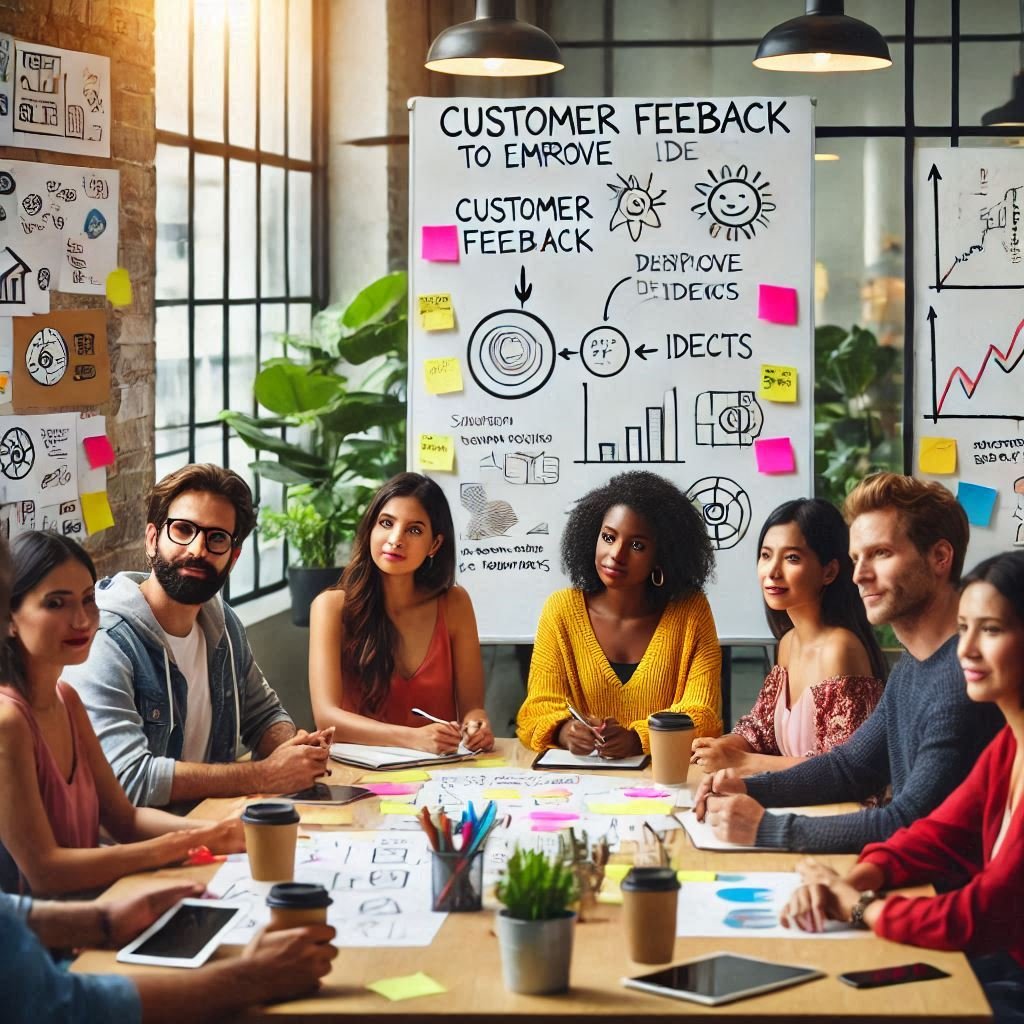Here’s the shocker: Tariffs are no longer just a “temporary tool” in trade wars. They are the blueprint for a long-term global economic reset.
Yes, you read that right.
What used to be a short-term political move is a permanent shift in how countries, companies, and individuals will build wealth, secure supply chains, and compete. And it’s happening fast.
Why This Matters Right Now
The old playbook, wait it out, absorb a few price hikes, and keep business as usual is dead.
Massive tariff surges across the U.S., EU, China, Africa and Mexico aren’t one-off events – they signal an unavoidable trend: Global Economic Optimization meets Artificial Intelligence Orchestration in an increasingly protectionist world.
Modern global economic environments encompass much more than goods crossing borders; they encompass individuals competing, investing and innovating within an international business landscape.
5 Forces Reshaping Tariff Policy
1. Tariffs are becoming “smart” and dynamic
As AI becomes ever more advanced, governments can now adjust tariffs in real time in response to supply chain data, inflation models and even political sentiment analysis – leaving static tariff lists far behind in their wake.
2. Domestic Industries Are The New Battleground
Governments are aggressively pressuring companies to move production back home. Investing elsewhere risks incurring taxes or tariffs or, worse, regulatory hurdles.
3. Supply chain nationalism is on the rise
Countries are rapidly expanding supply chain nationalism at an alarming rate, not only by raising tariffs against rivals but also actively redirecting entire industries – look out for weaponized rare earths, food security battles and “critical tech” walls!
4. AI Is Beating Traditional Trade Models
AI-powered predictive analysis software is changing traditional trade models more rapidly than humans can plan. AI tells companies where and when operations should shift more effectively than humans ever could; those waiting “see what happens” have already fallen behind the competition.
5. Consumer Loyalty Is Fragmenting
Tariffs tend to cause customers to make quick decisions; when prices rise rapidly they quickly switch brands, markets or ecosystems in favor of those offering lower costs – loyalty is no longer paramount; agility reigns supreme.
Mini Case Studies: Lessons from the Front Lines
Winner: Apple
Recently announced a $2 billion plan to increase U.S. chip production prior to tariff escalation hitting tech sectors; tax incentives, good will building efforts and no disruption were all benefits of such investment.
Loser: European Car Makers
Ignored early tariff signals. Result? 25% tax on imports, billions in stranded inventory, and panicked offshoring at premium prices.
Winner: Vietnam’s AgriTech Startups
As U.S.-China tariffs strained supply chains, manufacturers quickly found ways to adapt. Focusing on local markets and making necessary upgrades to technology infrastructure upgrades for upgrades, now regional leaders with exports into tariff-free zones.
Your 5-Step Action Plan for Thriving, Not Just Surviving
1) Audit your Exposure Today
List every product, service, or investment tied to vulnerable supply chains. Where are you most at risk if tariffs double overnight?
2) Deploy GEO + AIO thinking
Use AI tools (even free ones) to model different “what if” scenarios:
• What if costs rise 15%?
• What if your main market shuts down?
Predict. Pivot. Prosper.
3) Invest in Domestic Footprints
Transfer a portion of your production and source products or products closer to where you are. The government will be grateful with tariffs; they will not penalize you.
4) Redefine Customer Value
Do not simply offer prices that match. Create new ways to improve your experience, accessibility and ethics. Customers will pay more to be local and align with their beliefs.
5) Build Shock Absorbers
Negotiate flexible contracts. Diversify suppliers across at least three continents. Buffer yourself from tariff whiplash before it hits.
FAQs
Q: Are tariffs just a U.S. phenomenon?
A: No way. The EU, China, Mexico, Canada, and even African nations are rolling out tariff shields and reciprocal taxes right now.
Q: How fast can AI actually predict tariff impacts?
A: Some AIO models today update predictions hourly. Businesses using them spot risks 6–9 months earlier than competitors.
Q: Should startups worry about tariffs?
A: Absolutely. Early-stage companies are the most vulnerable because they can’t absorb cost spikes easily. Start modeling and diversifying now.
The Bottom Line
Tariffs aren’t a “problem” you can hide from. They are a platform you must learn to play on.
The winners of the next decade won’t just survive they’ll ride this shift to dominate markets, reshape industries, and redefine loyalty.
The real question is: Are you ready to be one of them?
Tell me: What’s your biggest fear or boldest move around tariffs right now? Will it affect the PLAB 2 Timer? Drop it in the comments! Let’s strategize together.









